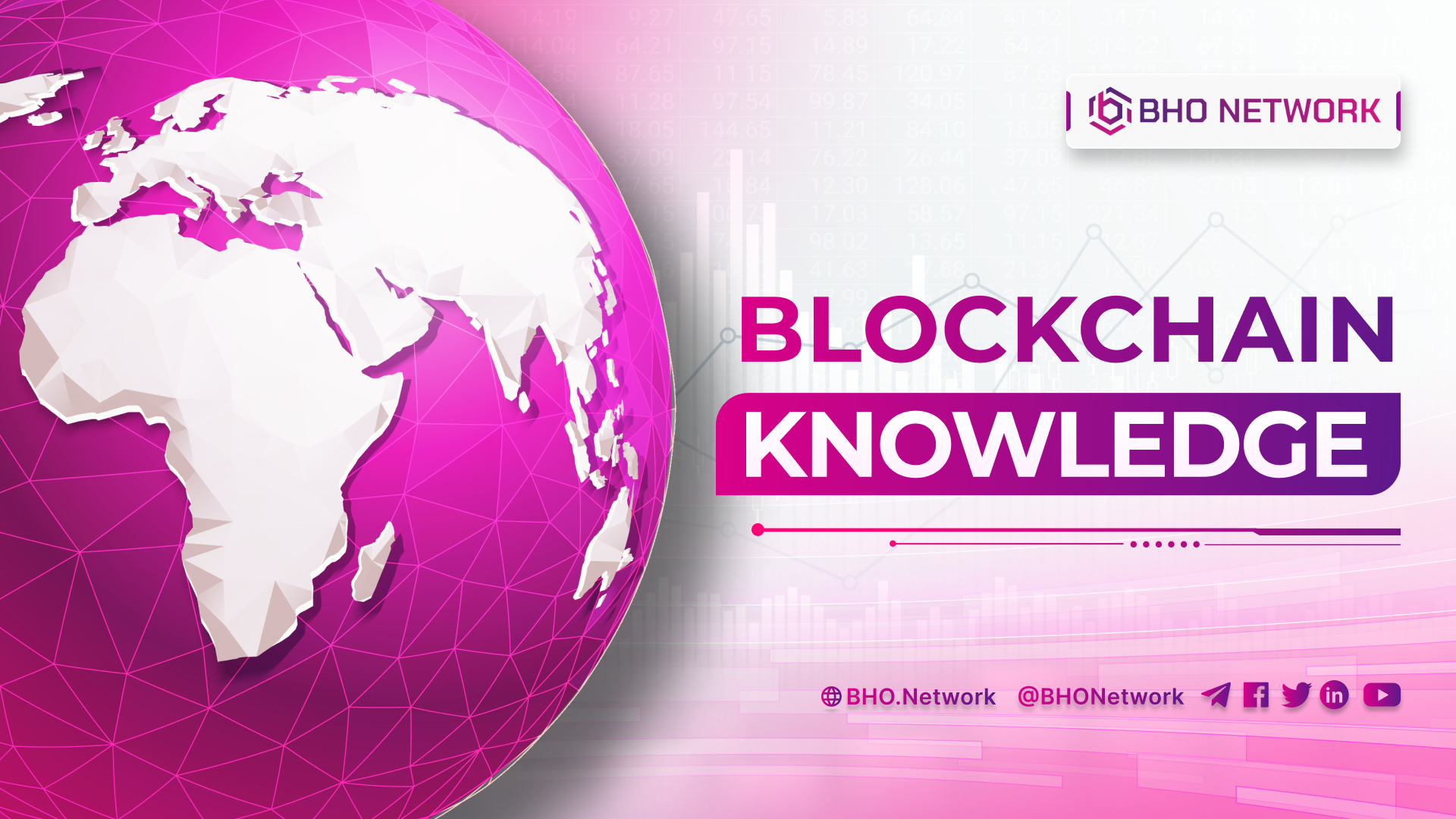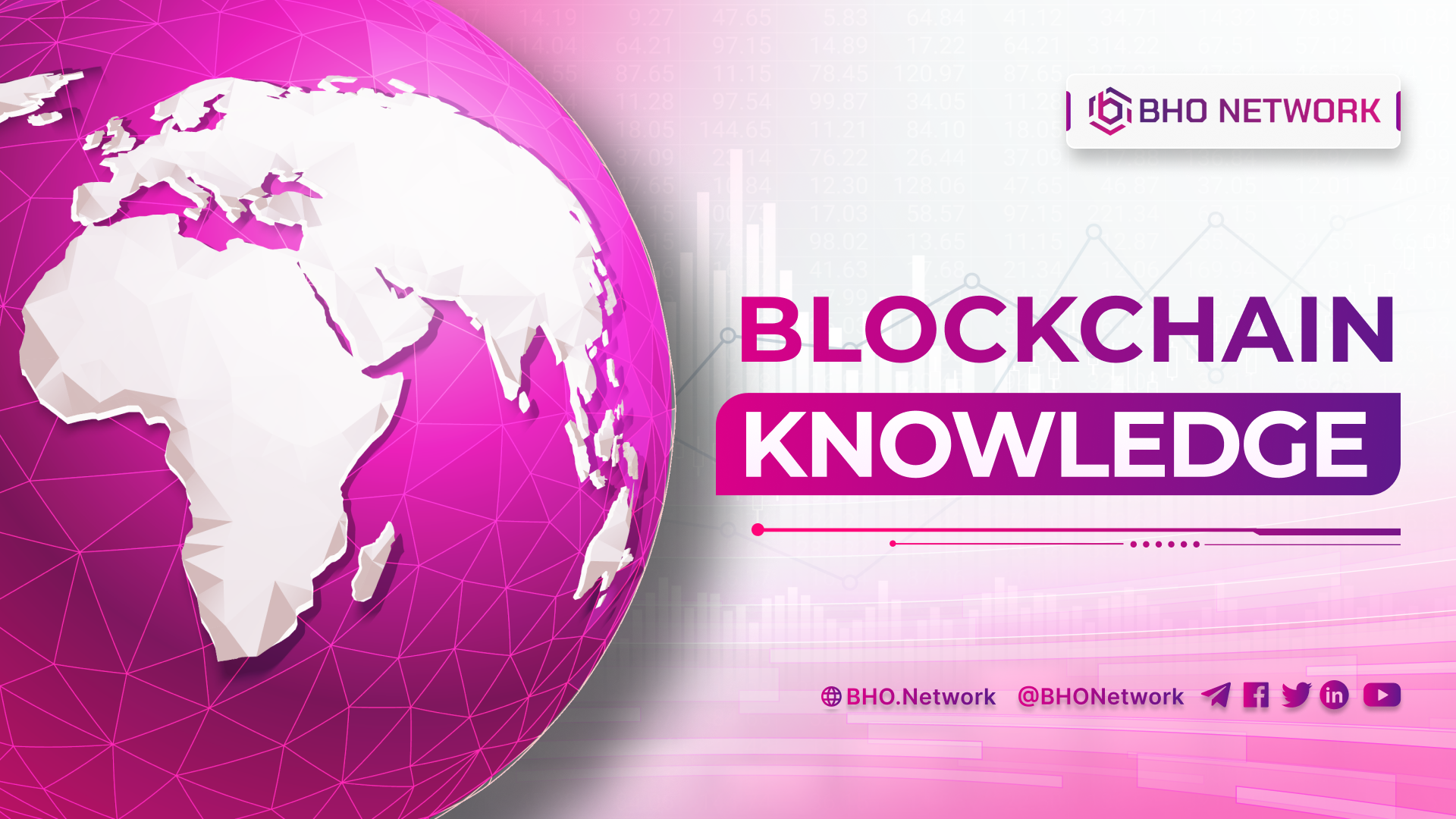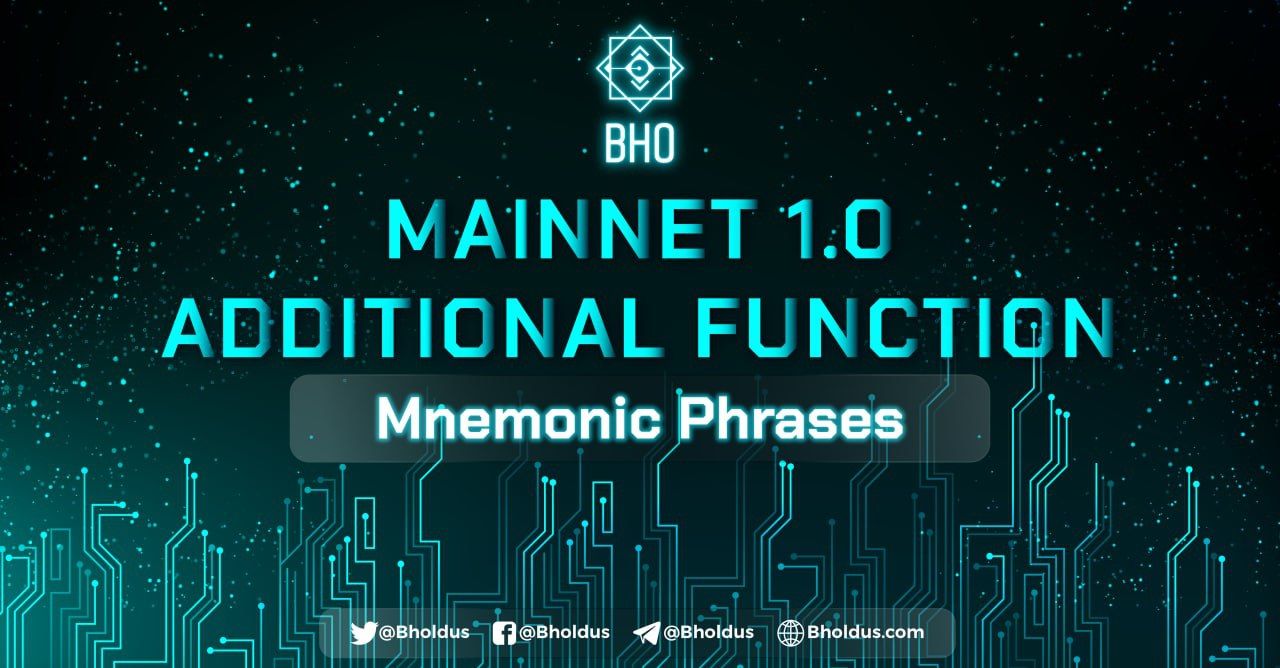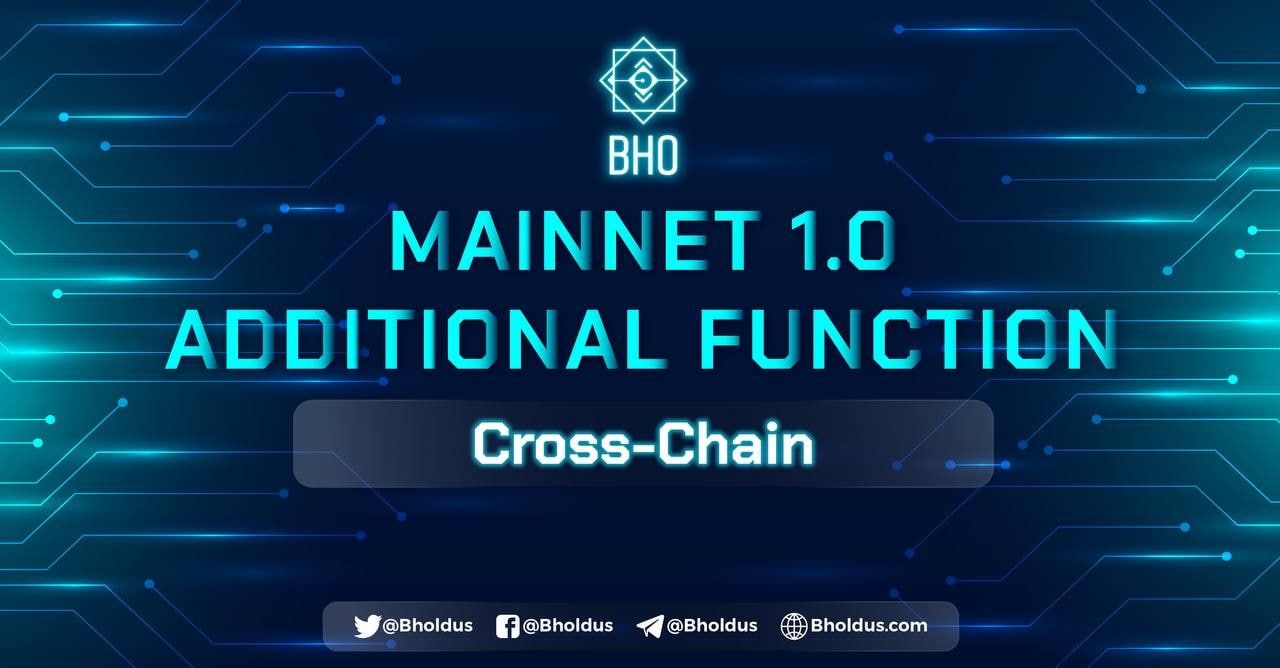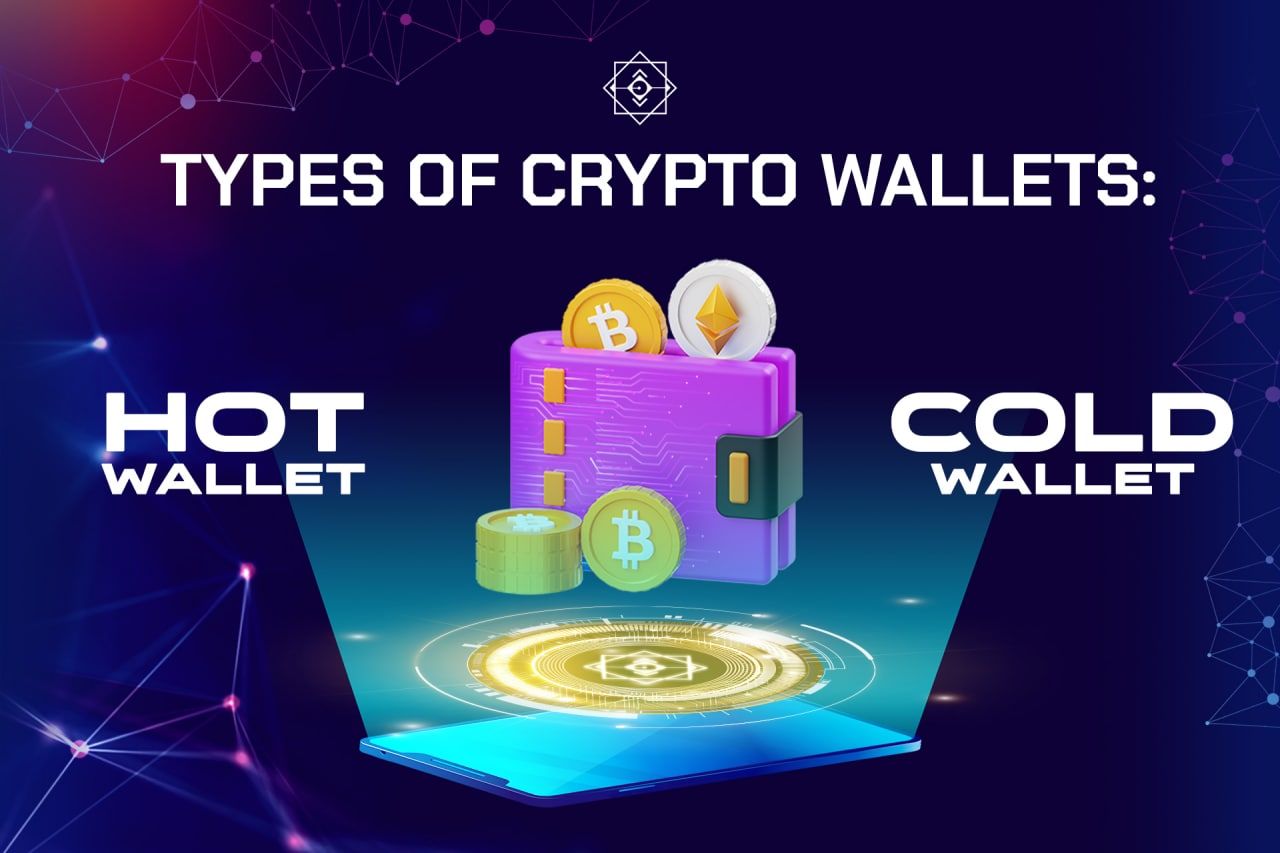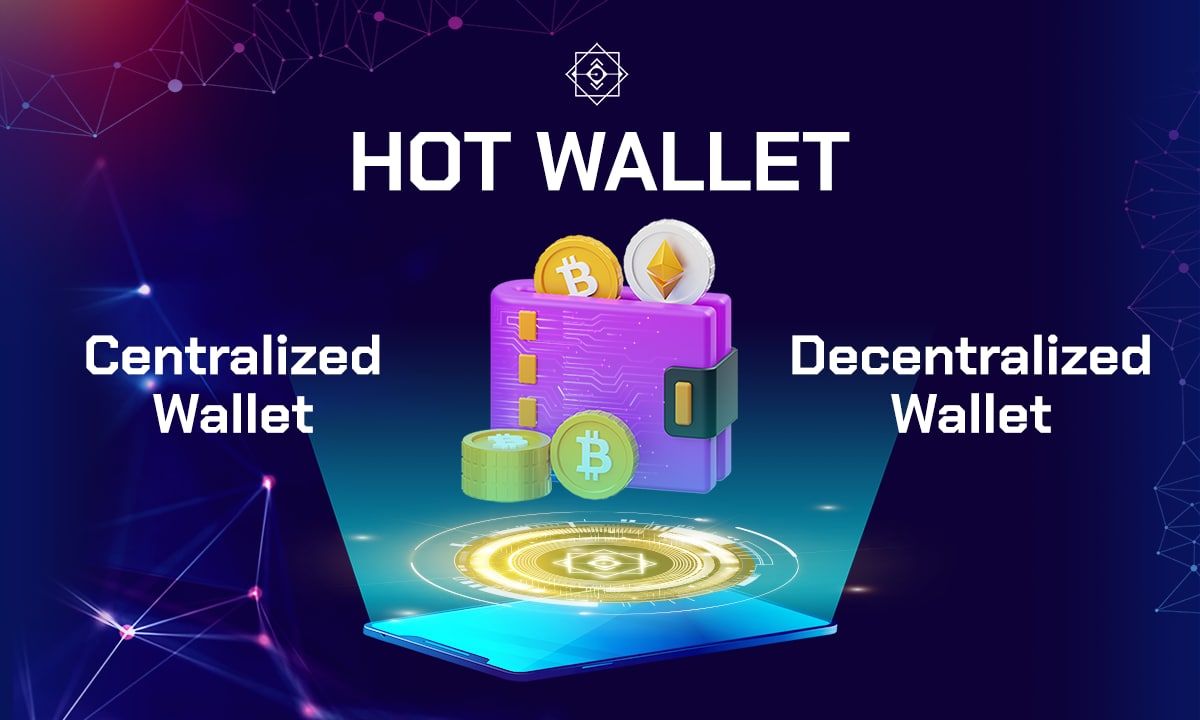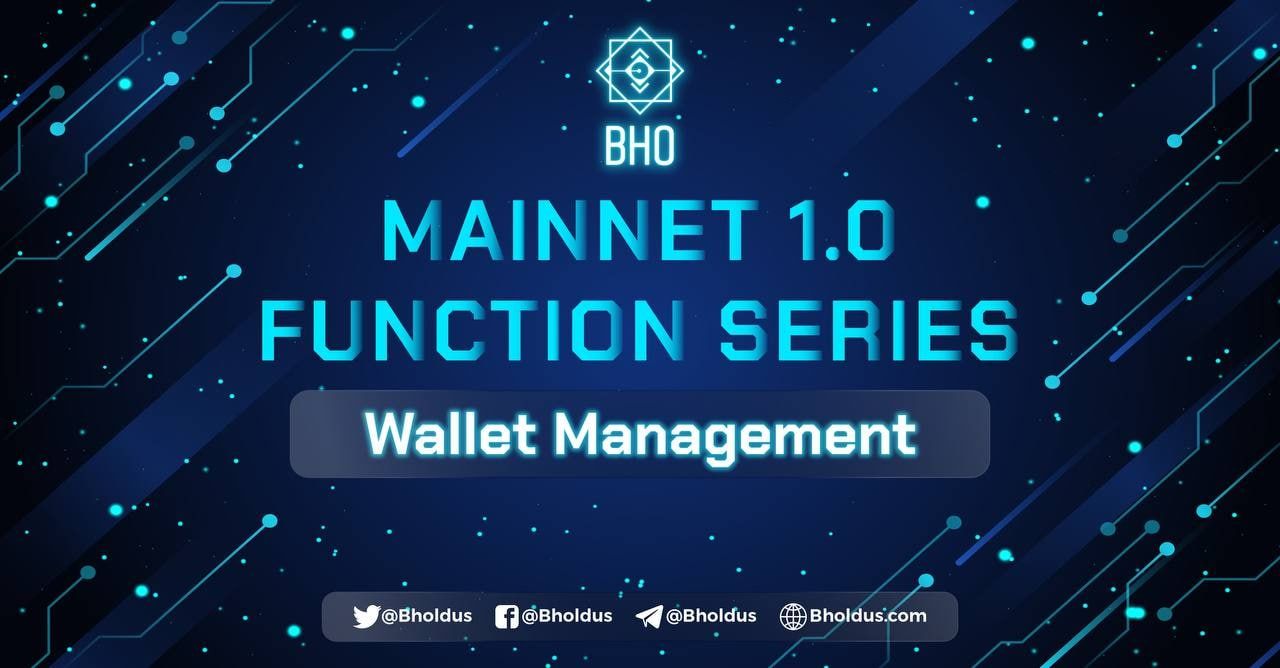- Blog
- Crypto News
- What is Mining Pool? How Mining Pool Works?
What is Mining Pool? How Mining Pool Works?
- 1. What is Mining Pool?
- 2. Working mechanism of Mining Pool
- 2.1 Pay Per Share (PPS – pay per share)
- 2.2 Pay Per Last N Shares (PPLNS)
- 3. Pros and cons of Mining Pool
- 3.1 Advantages
- 3.2 Cons
- 4. Profit sharing in Mining Pool model
- 4.1 Pay-Per-Share (PPS)
- 4.2 Pay-Per-Last-N-Shares (PPLNS)
- 4.3 Pay Per Share+ (PPS+)
- 4.4 Full Pay Per Share (FPPS)
- 5. Should you join Mining Pools?
- 5.1 Difficulties when participating in Mining Pool
- 5.2 Advantages of participating
- 6. Top quality and most reputable Mining Pool today
- 6.1 Antpool
- 6.2 F2pool
- 6.3 ViaBTC
What is Mining Pool? Anyone involved in the digital market will have heard of “Mining Pool”. This term refers to jobs related to mining Bitcoin or other cryptocurrencies. Joining Mining Pool will help you have more stable revenue. Today, let's find out with BHO Network an overview as well as details about the advantages and disadvantages of this "miner association".
1. What is Mining Pool?
A mining pool is a space that gathers miners or miners, they will work together to mine a block of coins and share profits with each other when the work is done.
To put it more simply, each miner participating in the Mining Pool will contribute power (Hashrate/Hashpower) to jointly mine Bitcoin blocks and share profits according to the percentage contributed. Most Mining Pools collect profit costs from these miners.
Bitcoins or Altcoins are likened to playing the lottery. If you have a computer with 1TH and Hashpower, the total Bitcoin network is 1 Petahash, this means you will have a 1/1000 chance of mining the block every 10 minutes. You can't even have more than 10 minutes to mine each block.
When participating in Mining Pool with many other miners, working together to mine blocks, the probability of you getting rewards will be greater than if you were alone.
2. Working mechanism of Mining Pool
Normally, mining pools will have a person holding the position of coordinator, who is responsible for arranging and organizing work for other miners to participate. These coordinators must ensure that each worker in the group uses a different Nonce value. This will ensure that mining of the same block does not occur, wasting time and energy when mining.
Besides, the coordinators are also in charge of sharing tasks and paying rewards to participants. Usually, rewards will be paid in two popular methods: Pay Per Share and Pay Per Last N Shares.
2.1 Pay Per Share (PPS – pay per share)
With this method, participants will receive a reward equivalent to the number of shares contributed. This stake is a Hash, which is used to track the work of each participant. This hash does not need to be valid in the network, it just needs to satisfy the conditions set by the Mining Pool. Whether you mine a block or not, you are still rewarded.
2.2 Pay Per Last N Shares (PPLNS)
PPLNS (pay per last share) will pay rewards to participants joining the Mining Pool when they have completed a block. Miners will confirm the block. The system will check the number of N shares sent, and the final profit will be based on the shares you contributed to divide by N and multiply the result along with the block reward.
Read more: What is Proof of Authority (PoA)? How does it work?
3. Pros and cons of Mining Pool
With the above working mechanism, Mining Pool will have the highlights and limitations of how. ? Let's learn about the advantages and disadvantages of Mining Pool below.
3.1 Advantages
Joining Mining Pool will require less per participant in terms of hardware as well as electricity, which increases the chances of profit and provides a greater chance to mine blocks, thereby winning coins. reward. Here are a few outstanding advantages of Mining Pool.
Increase your chances of getting the reward
Choosing to mine yourself will get you the full reward, but the probability of you guys deciphering the algorithms is extremely low, so the reward will be significantly reduced.
Joining mining pools instead will help you solve blocks and win rewards, but the rewards will be shared equally among all pool members. Therefore, joining the Mining Pool will provide users with a relatively stable income, even if the rewards are quite small compared to the full reward.
Low Cost
Mining Pooloffers an advantage to those who are new to mining or those who want to reduce the level of risk, not create make a profit. Mining pools share resources, so the cost of operating the mining rig is also likely to be significantly reduced.
On the other hand, when participating in Mining Pool, users do not need to invest in expensive excavators with superior capacity. This saves you a lot of money on hardware and management costs.
Bring stable income to miners
There will definitely be completed blocks to help Mining Pool participants get a stable income. But this profit is quite modest because it is divided among many people regularly. Just contribute effort, even if no block is completed, miners will still enjoy profits.
3.2 Cons
In addition to the advantages, Mining Pool also has some disadvantages such as:
-
Not autonomous in terms of profits: Profits of The participants will depend on the overall profit in the Mining Pool and the total project participants. This means you won't be able to control how much profit you get.
-
Being bound by regulations and regimes: When participating in Mining Pool, you must accept and comply with the organization's regulations and mechanisms including reward date, reward payment method and management fees, …
-
It is easy to take risks when participating in an unreputable mine: If you accidentally choose unreputable mines, it will affect your time and effort. Therefore, choosing a quality and reputable Mining Pool is extremely important.
4. Profit sharing in Mining Pool model
There are many payment systems under Mining Pool, below BHO Network will introduce to you 4 Mining Pool models that you should refer to.
4.1 Pay-Per-Share (PPS)
PPS (Pay-Per-Share) is a form of providing an instant fixed payment for shares. Under this method, miners will receive the standard payout rate for the amount of shares purchased.
Each share has a value corresponding to a certain amount of BTC that can be mined, after deducting mining costs, Miner will receive a fixed income daily.
4.2 Pay-Per-Last-N-Shares (PPLNS)
PPLNS (Pay-Per-Last-N-Shares) is a form of profit distribution based on the number of shares that miners contribute. This method of distribution is closely related to mining other blocks.
If Mining Pool does mining multiple blocks in the same day, Miner will get high profit. However, if the Mining Pool fails to mine a block during the day, the profit for the whole day will be zero.
In the short term, PPLNS is highly correlated with group luck. If your group is unlucky, everyone in the group's income will decrease. However, in the long run, the element of luck will not affect the profit results too much.
4.3 Pay Per Share+ (PPS+)
PPS+ is a combination of two modes PPS and PPLNS. The block rewards will be settled according to the PPS model, and the transaction costs will be paid according to the PPLNS. This means that in this mode, miners can earn additional income from a portion of transaction costs based on the PPLNS payment method.
4.4 Full Pay Per Share (FPPS)
In FPPS, both block reward and mining service cost will be paid according to profit theory. Calculate standard transaction cost in each given period and allocate to Miner according to hash power contribution in Mining Pool. That increases Miner income by sharing part of transaction costs.
5. Should you join Mining Pools?
Token mining seems to be very simple, but it is not. If you want to become a Miner then first identify the following disadvantages and advantages.
5.1 Difficulties when participating in Mining Pool
The following will be the difficulties you can consider when participating in Mining Pool.
- You will not be independent about the source of the profit earned.
- Profit is difficult to determine exactly because the miners will calculate the revenue and the number of mining members and then proceed to divide the profit. Specifically.
- Being bound by the Mining Pools
- Participating in the playground of the Mining Pools, of course, you must comply with the regimes and regulations set forth by these mining pools. This will leave many participants feeling constrained.
Your time and effort will likely return to zero if you accidentally unreputable mines. Therefore, choosing the right Mining Pool with quality and reputation is extremely important and necessary.
5.2 Advantages of participating
Despite facing difficulties, participating in Mining Pool still has advantages that attract a large number of users.
Increasing the profit rate
Tparticipating in the mining pool gives you the opportunity to solve blocks and win rewards, but this reward will be divided equally among all team members. Therefore, participating in Mining Pools will give miners a small but stable profit.
Low investment costs
As pools mine and share resources, operating costs are likely to be significantly reduced. At that time, participants do not need to invest in an expensive excavator and can still participate in mining.
Read more: What is Etherscan? All the details about Etherscan.io
6. Top quality and most reputable Mining Pool today
On the market today there are many Mining Pools in operation, BHO Network has updated got 3 quality and reputable Mining Pool, best rated for your reference.
6.1 Antpool
Antpool is known as a Mining Pool based in China. Antpool was first launched in early 2014 by Bitmain Technologies. He is the largest distributor of Bitcoin mining hardware in the world. As of now, this Mining Pool is accounting for a total of 20% of the network's Hashrate.
Advantages
- Participants can choose to pay PPLNS with no fees or PPS with a cost of around 2.5%.
- The interface is very simple and easy to use.
- Good security.
Cons: Antpool is getting bigger, making the profit each individual receives smaller and smaller.
6.2 F2pool
F2pool is a Mining Pool that was launched in 2013, and its headquarters is also located in China. Up to now, F2pool has accounted for nearly 9.5% of the total Hashrate of the market.
Advantages
- This is one of the pools that allow mining the most currencies, such as Bitcoin, Ethereum, Zcash, Litecoin, Dashcoin, and Siacoin.
- The English interface makes it easy for international users to use as well.
Cons: The fee is quite high, about 4%.
6.3 ViaBTC
Similar to the above 2 Mining Pools, ViaBTC is also based in China. Launched in 2016, this is one of the Mining Pools with a large number of miners participating today.
Advantages: Allows users to make BTC, ETH as well as CNY transactions directly. The transaction fee is quite low, and the internal transactions are completely free.
Cons: Double interface makes it difficult for users.
Related posts:
- What is Metaverse? All the information you need to know about the Metaverse
- What is Staking? Everything of Staking need to know
The above article of BHO Network has provided all the information you need to answer the question What is Mining Pool? This is considered one of the forms that bring many benefits to miners who want a more stable income. Stay tuned for the following articles to stay updated with the latest news.
Published on July 20, 2022
Tagged topics
